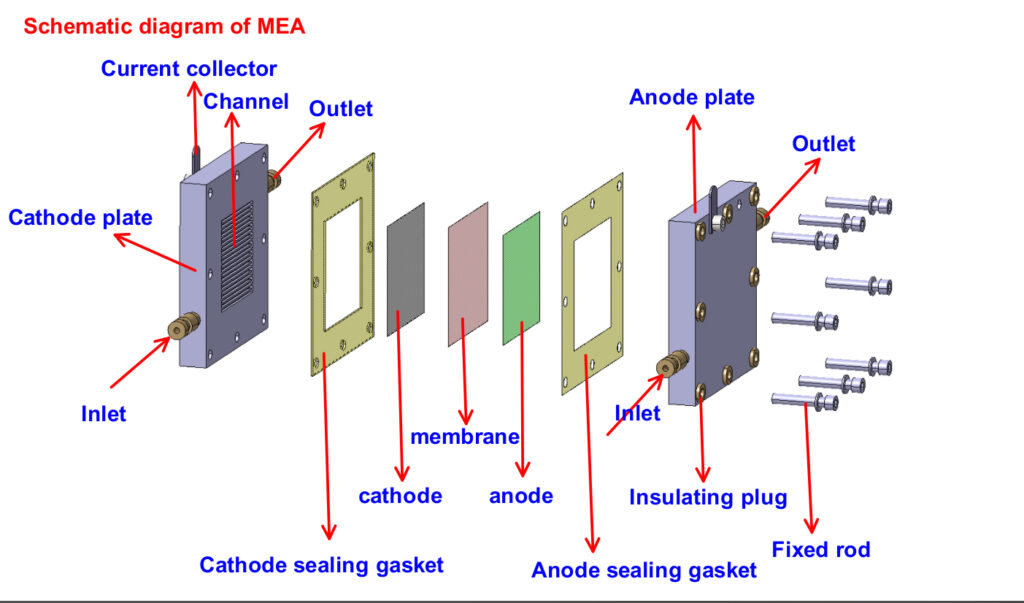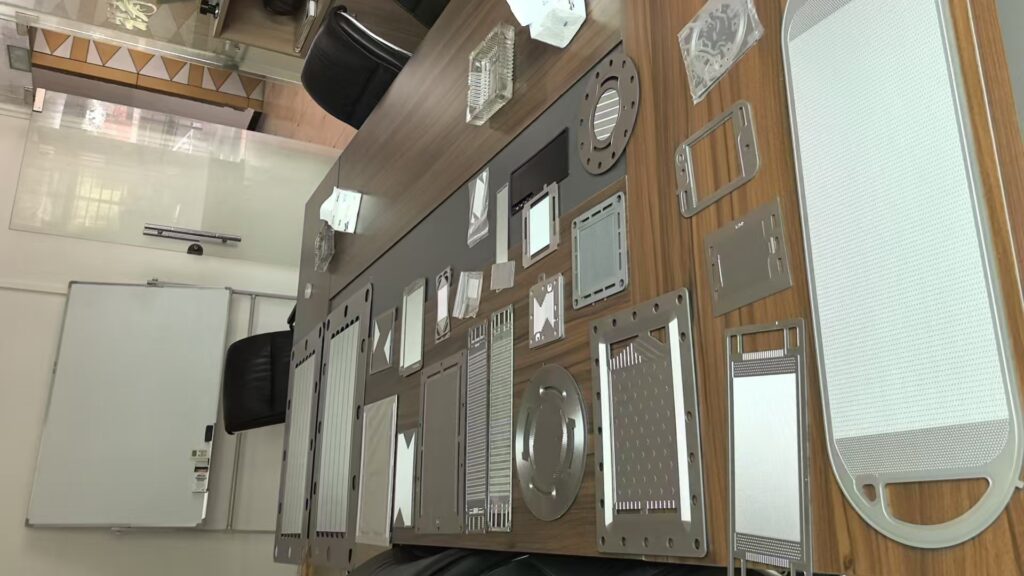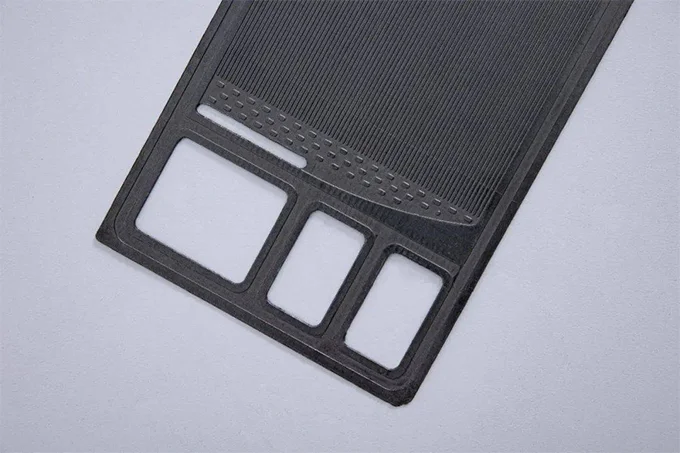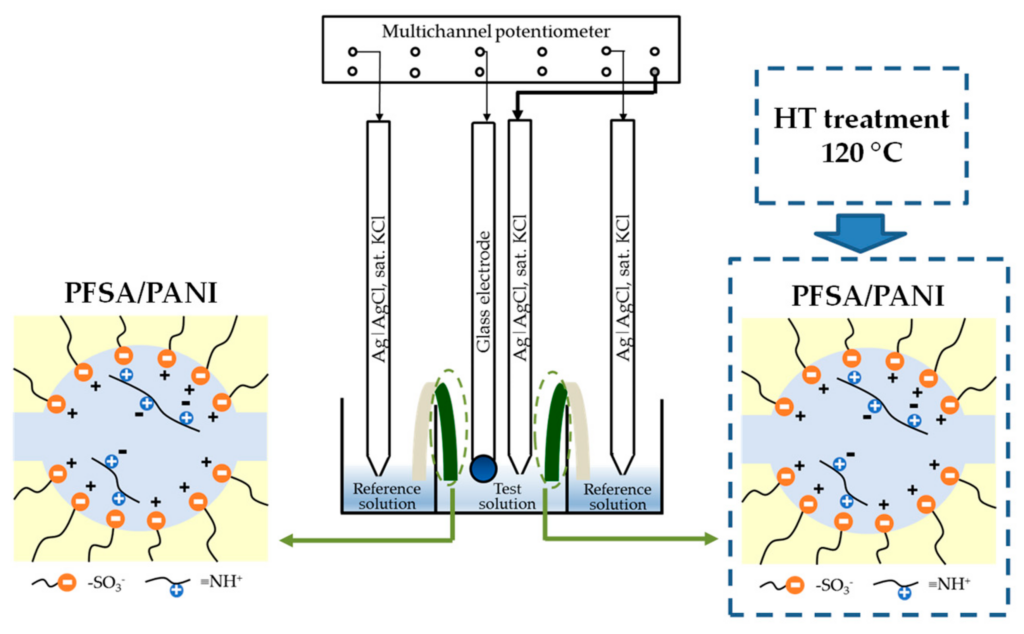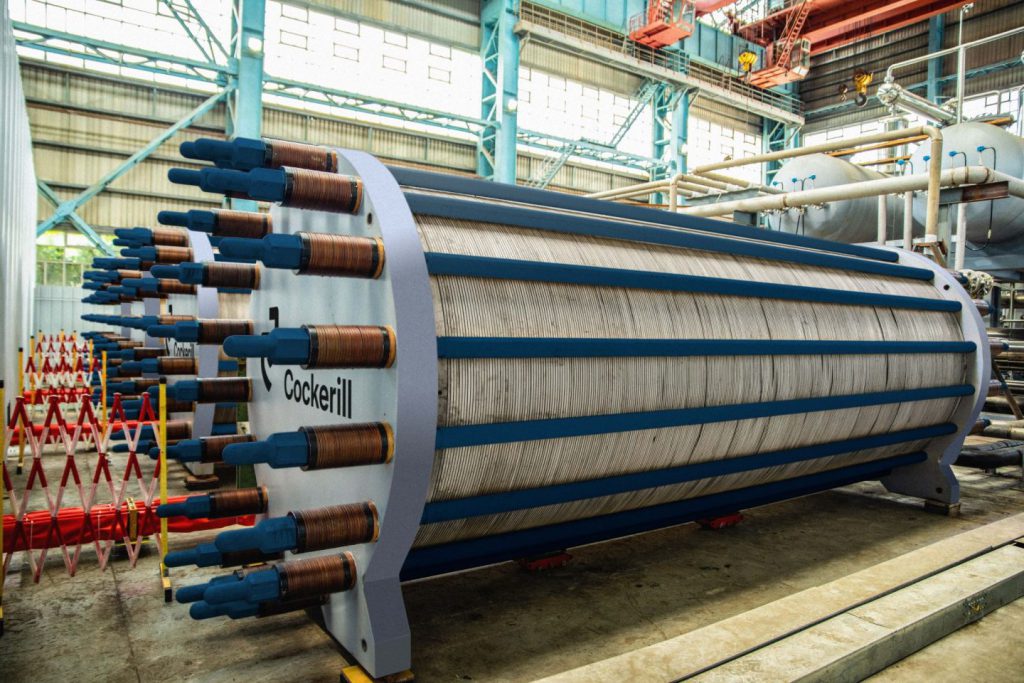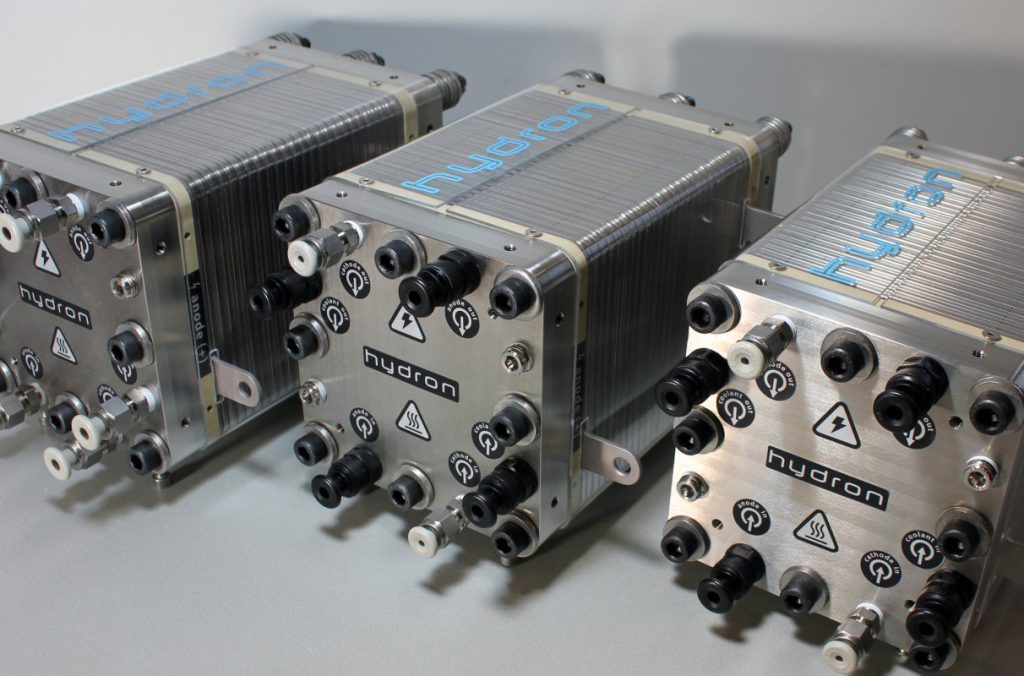The Composition and Function of membrane electrode assembly (MEA) in Fuel Cells
The membrane electrode assembly (MEA) serves as the central point for achieving miraculous conversions in fuel cell technology. The MEA stands as the essential core of a cell which makes chemical processes conduct electricity. The motor function of fuel cells depends on a properly operating MEA since individual materials are worthless without it. What Is […]
The Composition and Function of membrane electrode assembly (MEA) in Fuel Cells Read More »

